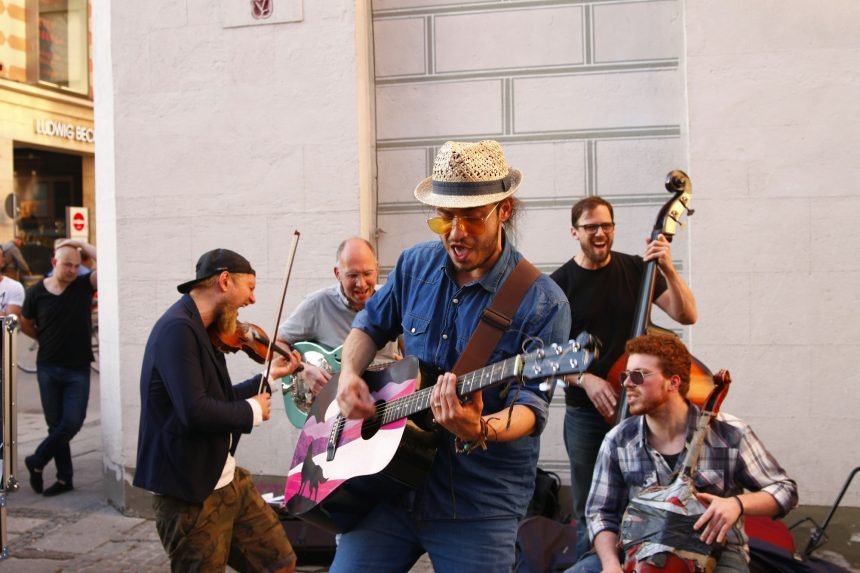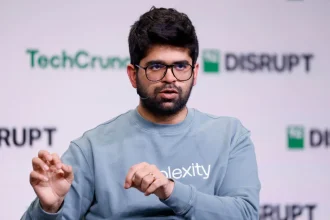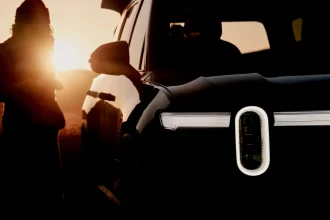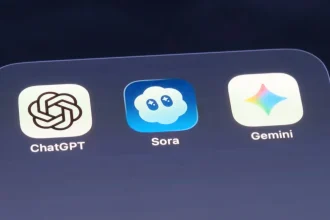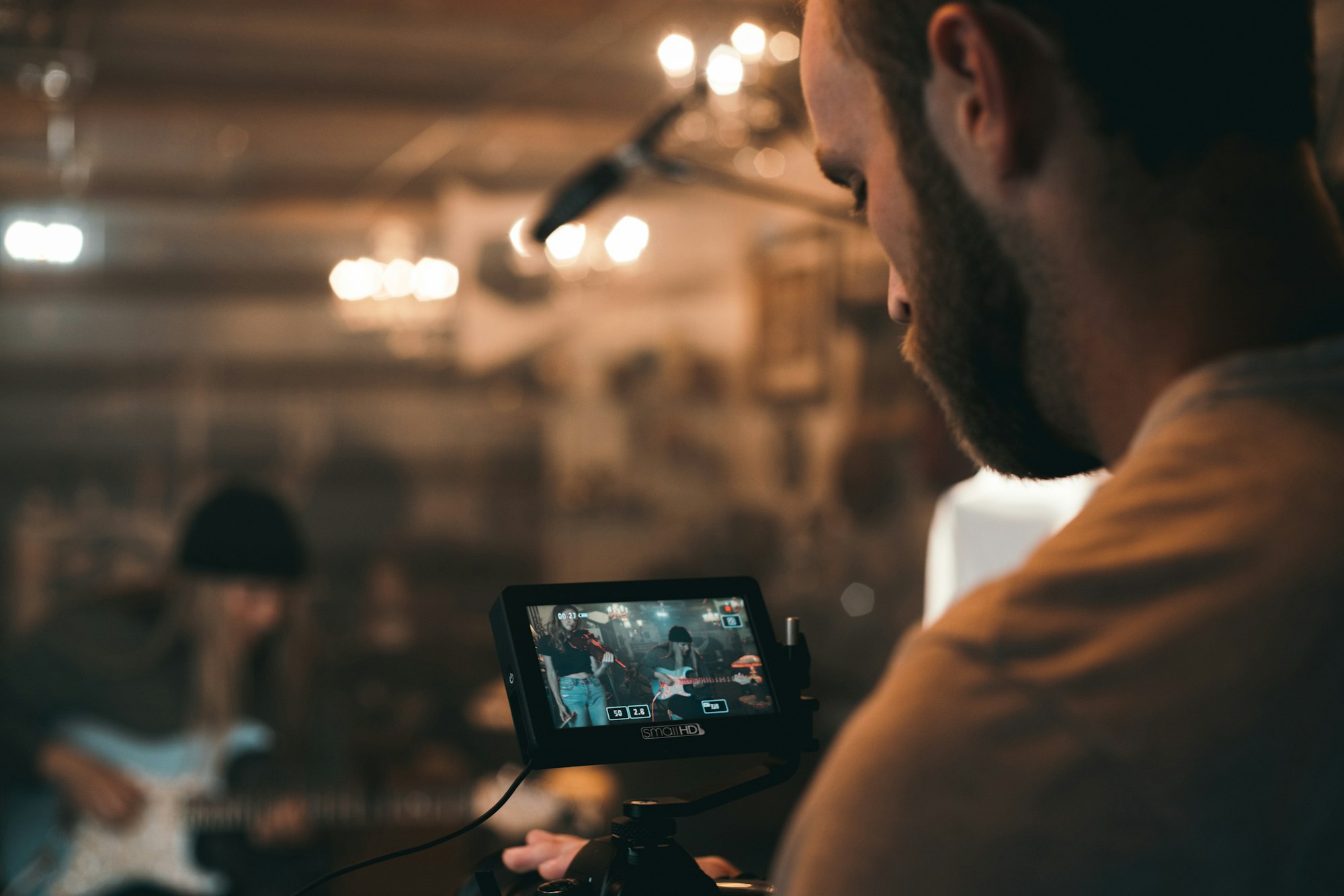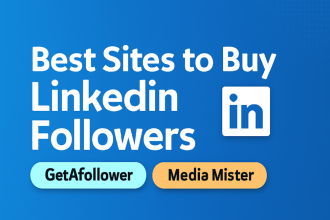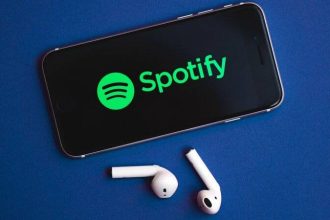💡
Key Takeaways
• Six AI or AI-assisted artists have debuted on Billboard charts in the past two months.
• Xania Monet is the first AI-powered artist to earn radio airplay and a multimillion-dollar deal.
• The rise of AI musicians shows how technology is redrawing the boundaries between artist, audience, and algorithm.
AI music is no longer a fantasy or a niche curiosity for tech hobbyists. It’s here, and it’s climbing the charts fast.
In just the past few months, at least six AI or AI-assisted artists have appeared on Billboard rankings, spanning genres from gospel to country. The true figure may be higher, since it’s becoming harder to tell who or what is powered by artificial intelligence. The line between human creativity and algorithmic assistance is thinning faster than the music industry can label it.
Some of these artists openly describe themselves as AI-generated in their bios. Others have been identified through detection tools like Deezer’s AI Content Flag, which quietly tags synthetic music on streaming platforms. Either way, Billboard’s charts, once the home of radio kings and pop superstars, are now being reshaped by code.
MORE INSIGHTS ON THIS TOPIC:
When Billboard Met the Machine
The story of AI music’s rise on Billboard is best told through its most visible figure: Xania Monet. Created by Mississippi-based songwriter Telisha “Nikki” Jones using the AI platform Suno, Monet is part avatar, part vocalist, and all sensation. Her single Let Go, Let Go climbed to No. 3 on Hot Gospel Songs, while How Was I Supposed to Know? peaked at No. 20 on Hot R&B Songs.
Within weeks, she broke into Adult R&B Airplay and Emerging Artists, a first for any AI-powered act. Jones writes nearly 90% of Monet’s lyrics herself, drawing from personal stories, then uses Suno to generate the vocals. The tracks are mastered, marketed, and released like any human artist’s, except the “artist” exists as a digital avatar.
The result? Over 44 million streams in the U.S. and an estimated $52,000 in revenue within two months. That kind of traction sparked a bidding war reportedly reaching $3 million before Hallwood Media, led by former Interscope executive Neil Jacobson, signed Monet to a multimillion-dollar deal. She’s now the first AI artist to earn enough airplay to chart on Billboard’s radio rankings, a breakthrough that shifts what the industry considers “real.”
What Happens When a Trend Becomes a Movement?
Monet’s success isn’t isolated. It’s part of a growing wave of hybrid artists blurring the line between software and soul.
Among them: ChildPets Galore, a Christian-pop project credited to songwriter Cindy Hugo, whose debut single The Only Thing I Can Take to Heaven reached 1.2 million streams; Unbound Music, a rock-leaning collaboration between Terrance LeDoux and algorithmic composition tools, with 5.5 million streams; and Enlly Blue, a Vietnamese blues project merging acoustic guitar with AI production that earned 5.3 million plays.
Even the faith-driven Juno Skye, created by Nguyen Duc Nam, hit 1.6 million streams with Lord, You Are My Strength, while Breaking Rust, a country-rock act led by Aubierre Rivaldo Taylor, cracked Emerging Artists at No. 9 with Livin’ on Borrowed Time and Walk My Walk. Together, these projects have generated roughly 60 million U.S. streams since August, averaging roughly 8 to 10 million streams per month across platforms like Spotify, Apple Music, and YouTube.
For context, that’s comparable to the monthly listenership of established mid-tier artists such as Giveon or Tate McRae, except these “artists” don’t exist in a physical sense. The acceleration mirrors what happened when TikTok began turning 15-second clips into charting hits around 2020. Then, the industry asked whether viral snippets could create “real” stars. Now, it’s asking whether stars need to be real at all.
But this shift isn’t entirely new. In 2023, parody AI acts like Trump The Don, a viral project mimicking Donald Trump’s voice, and BOI WHAT, which turned SpongeBob characters into hard-rock anthems, briefly cracked Billboard’s genre charts. What started as satire is now strategy, as AI artists like Monet trade jokes for record deals and real audiences. It’s also the same pattern we’ve seen in every major disruption: first novelty, then adoption, then normalization. What began as parody has become a pipeline.
This AI actress doesn’t exist but Hollywood already wants to represent her
Tilly Norwood’s rollout feels like a stunt meant to normalize the quiet push of generative AI into Hollywood.
From Human Inspiration to Hybrid Creation
Most of these AI musicians aren’t replacing humans, but are instead extending them. Xania Monet’s voice, Unbound Music’s arrangements, Enlly Blue’s bluesy tone, all rely on human songwriting and emotional intuition channeled through algorithms. The technology doesn’t erase the artist; it multiplies their reach.
Just as autotune redefined vocals in the 2000s and digital sampling reshaped hip-hop in the 1990s, AI is redefining authorship in the 2020s. It’s no longer about whether something sounds human, but whether it feels real. That distinction between authenticity and authorship could become the defining debate of the next decade. For listeners, the question is simple: if a song moves you, does it matter who, or what, created it?

AI’s entry into the charts is also reshaping how listeners discover music. With platforms like Suno, Udio, and Mubert producing thousands of songs daily, algorithms, not label executives, now decide what rises to the top. It’s a full-circle moment. Just as MTV once curated what the world saw, today’s neural networks decide what the world hears. The gatekeepers have changed from television producers to machine models, but the influence remains.
What makes this era different is participation. Fans no longer just consume; they co-create, remix, or spin up their own AI artists within hours. The charts are no longer a scoreboard of fame; they’re a mirror of collective creativity, human and otherwise.
Conclusion
When Xania Monet’s name first appeared on Billboard’s airplay chart, it wasn’t just another debut—it was a cultural turning point. For decades, Billboard has measured the pulse of music through sales, radio, and streams. Now, it’s measuring the future of creation itself.
AI didn’t sneak into the charts; it earned its place through the same metrics that define every hit: listens, downloads, and emotion. It’s not the end of human artistry but the beginning of a collaboration between man, machine, and melody.
AI music began as a curiosity; a what-if. Now it’s reshaping the charts, the creative process, and how we define an artist. As that line between human and machine continues to fade, the question isn’t whether AI can make a hit. It’s whether we’ll still care who, or what, made it.
Why is MTV shutting down its music channels?
It marks the end of an era where television shaped music culture, and the beginning of a digital age where discovery is driven by platforms.


